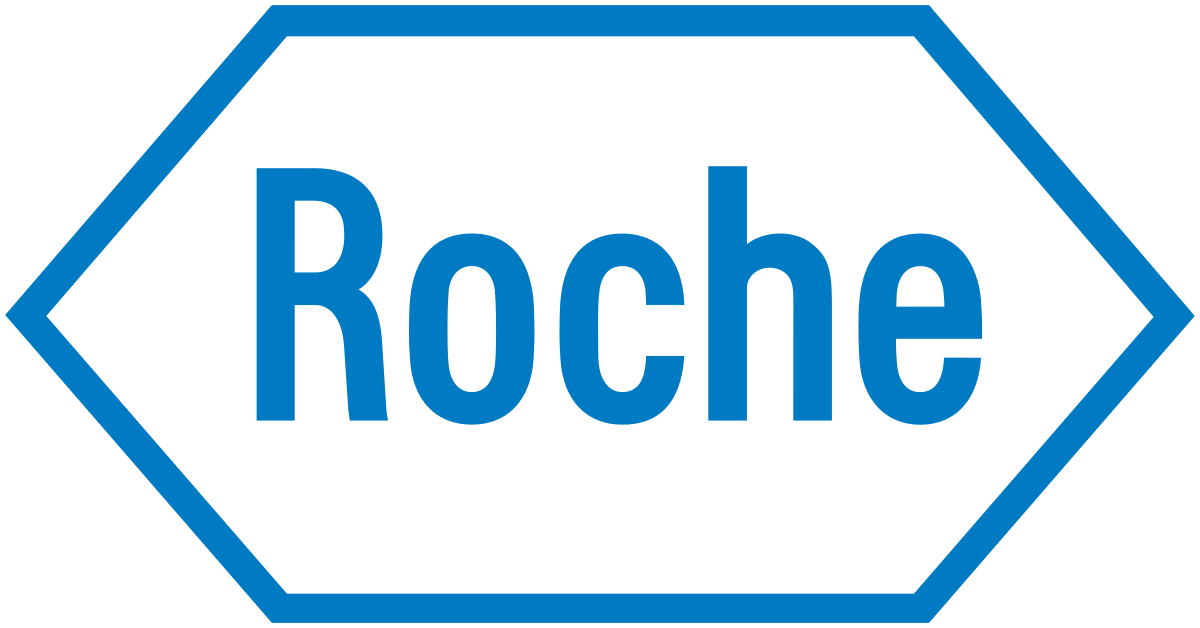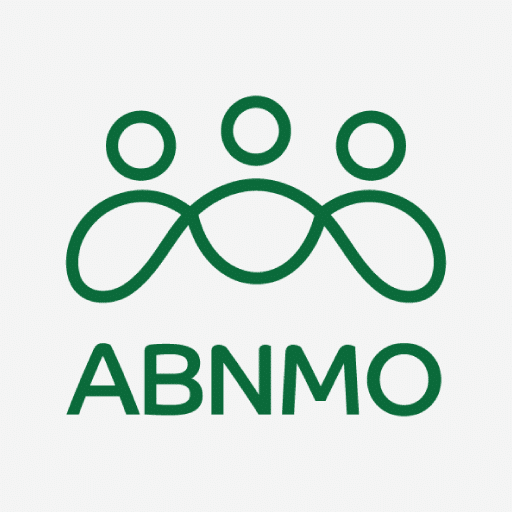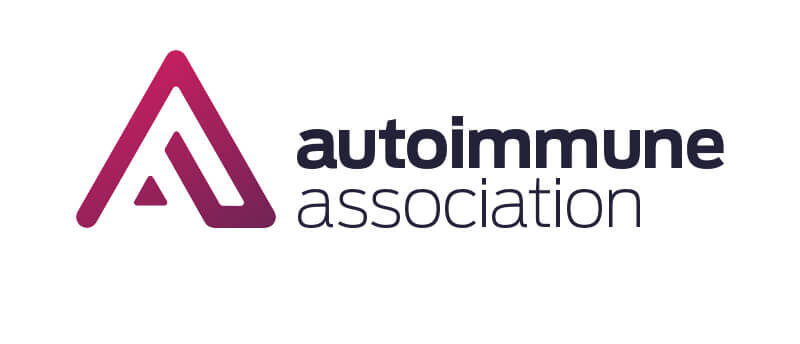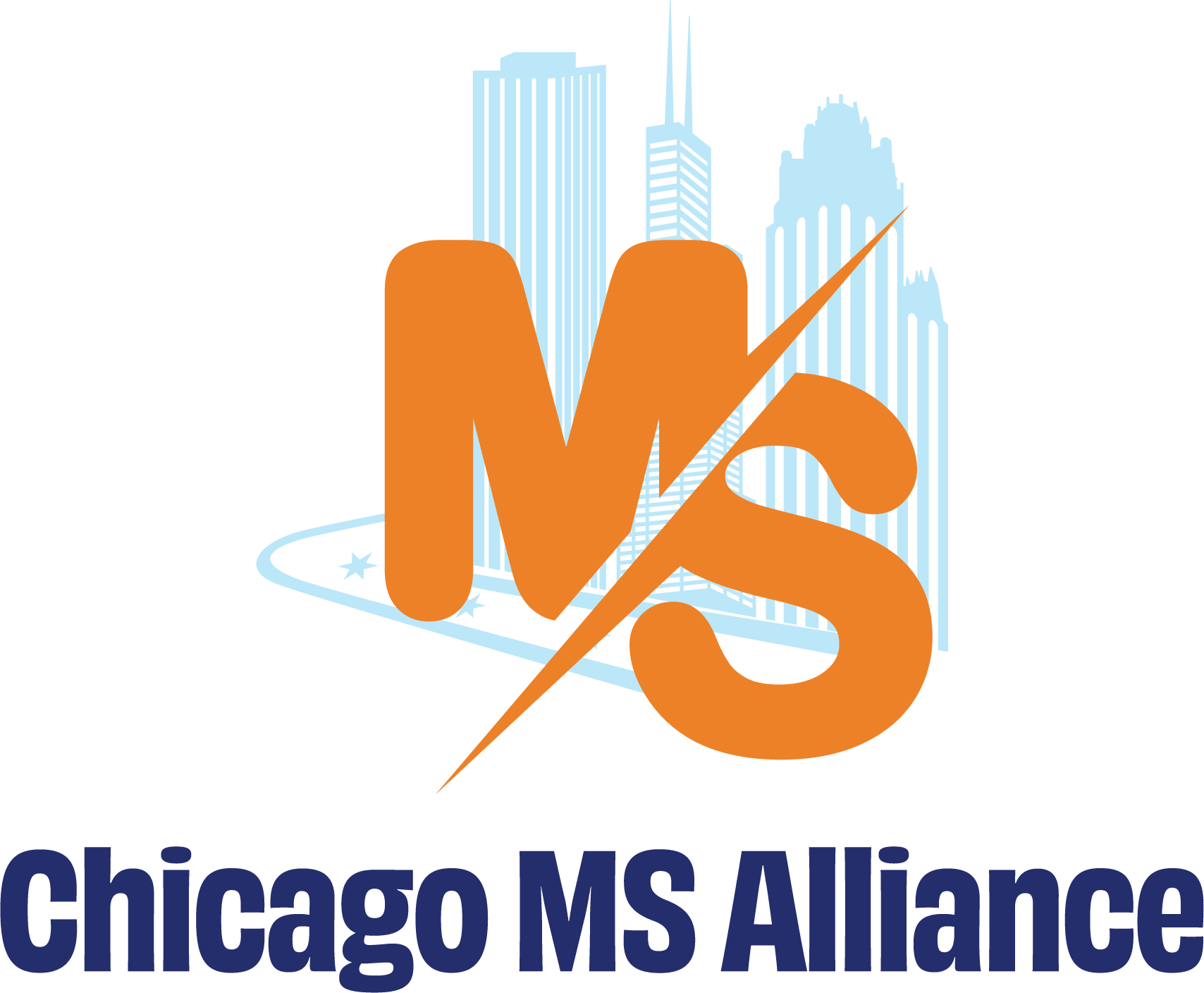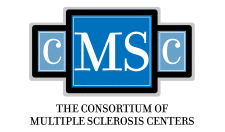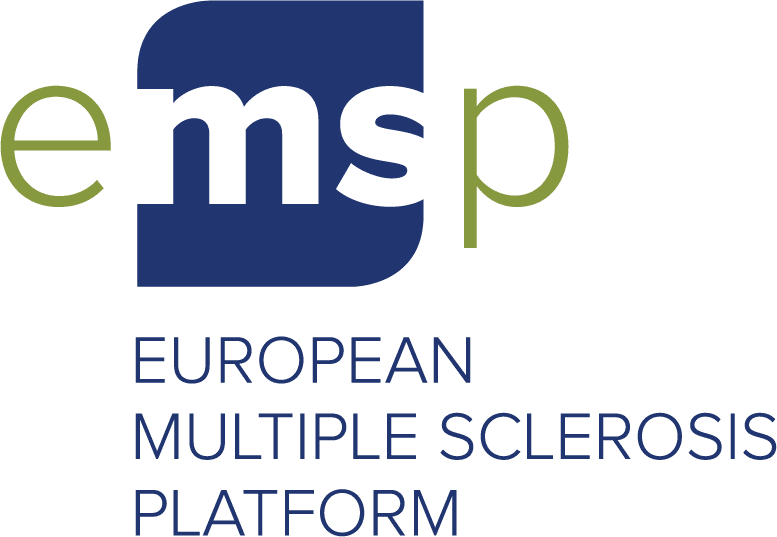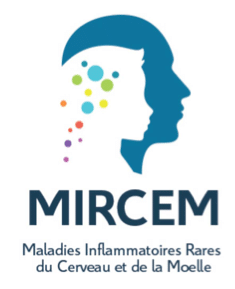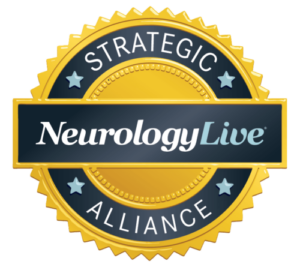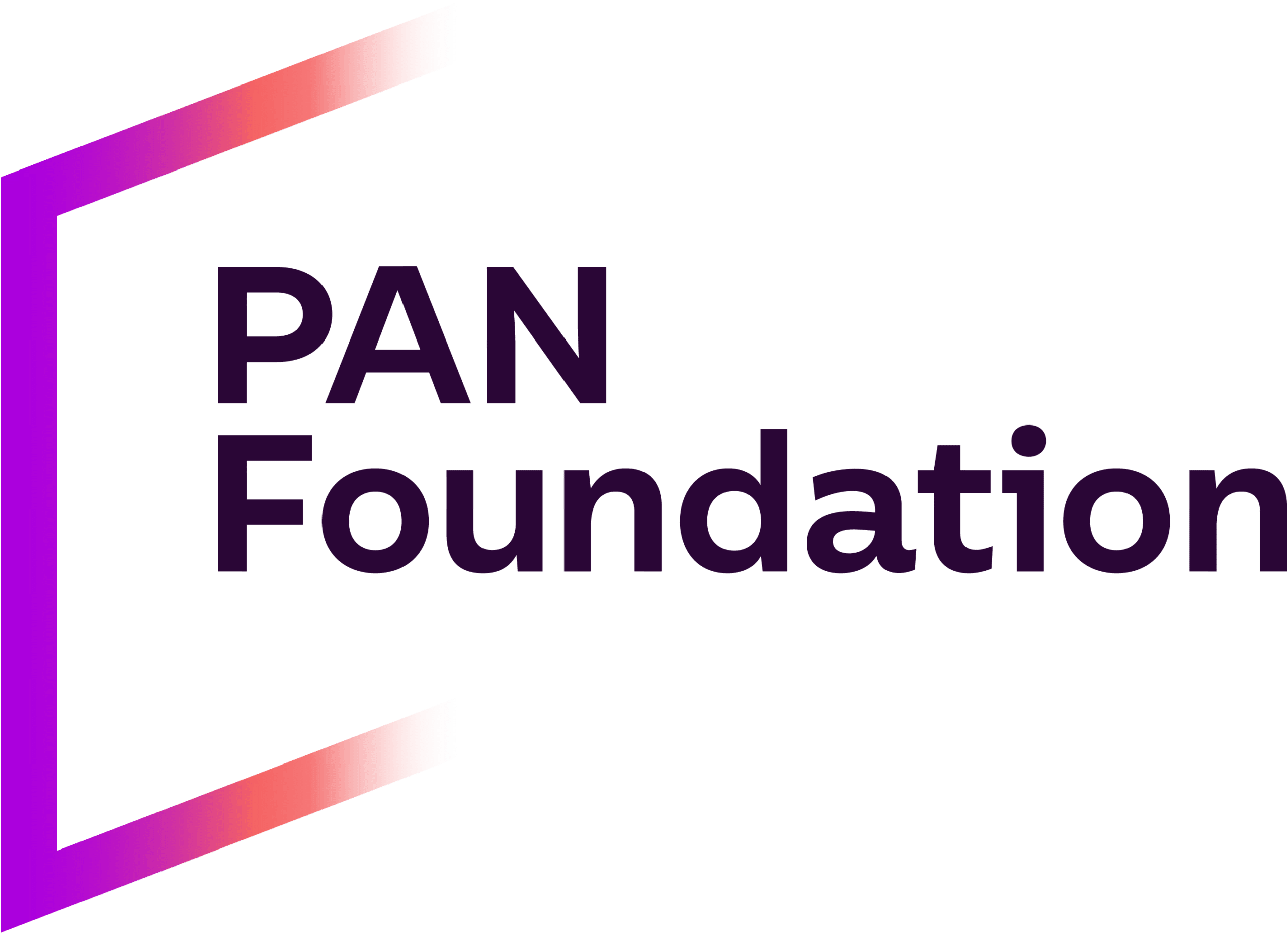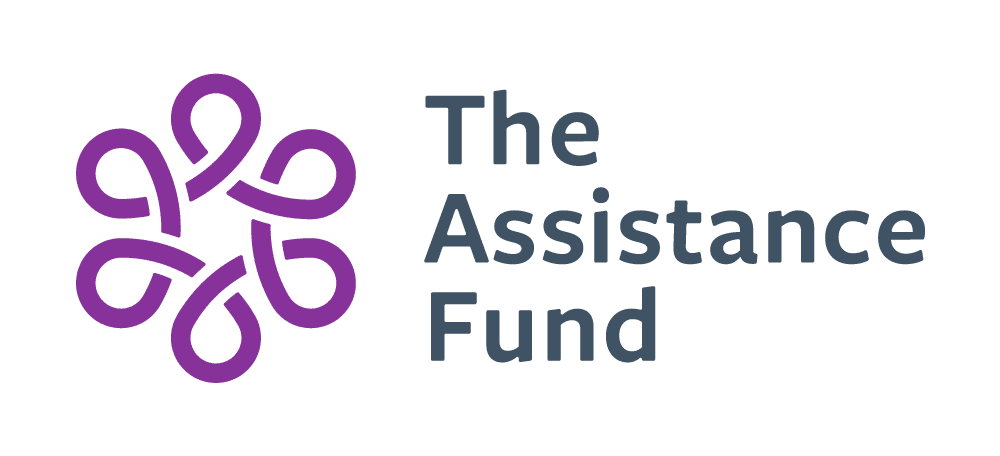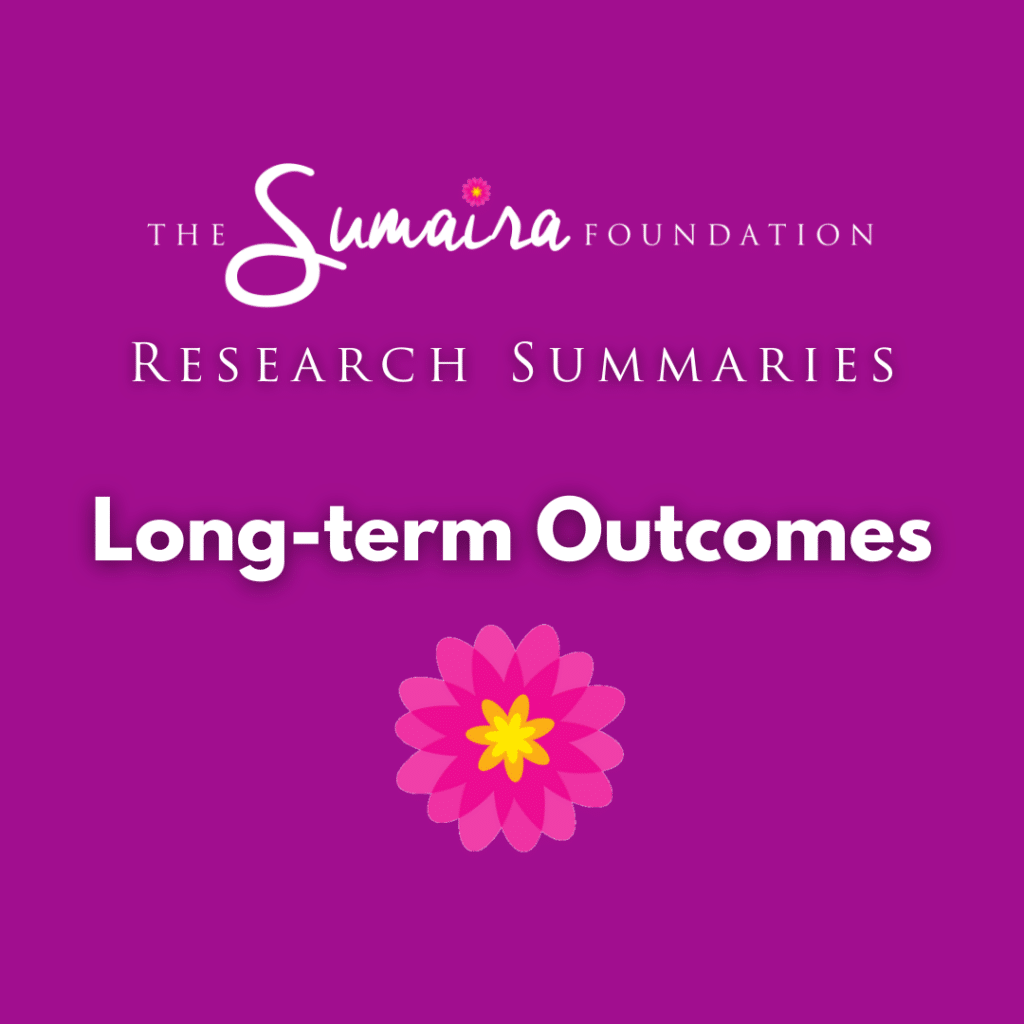
Temporal Dynamics of MOG Antibodies in Children With Acquired Demyelinating Syndrome
Journal: Neurology Neuroimmunology & Neuroinflammation; October 13, 2022
Author(s): Eva Maria Wendel, Helen Sophie Thonke, Annikki Bertolini, Matthias Baumann, Astrid Blaschek, Andreas Merkenschlager, Michael Karenfort, Barbara Kornek, Christian Lechner, Daniela Pohl, Martin Pritsch, Kathrin Schanda, Mareike Schimmel, Charlotte Thiels, Stephan Waltz, Gert Wiegand, Banu Anlar, Nina Barisic, Christian Blank, Markus Breu, Philip Broser, Adela Della Marina, Katharina Diepold, Matthias Eckenweiler, Astrid Eisenkölbl, Michael Freilinger, Ursula Gruber-Sedlmayr, Annette Hackenberg, Tobias Iff, Ellen Knierim, Johannes Koch, Georg Kutschke, Steffen Leiz, Grischa Lischetzki, Margherita Nosadini, Alexander Pschibul, Edith Reiter-Fink, Doris Rohrbach, Michela Salandin, Stefano Sartori, Jan-Ulrich Schlump, Johannes Stoffels, Jurgis Strautmanis, Daniel Tibussek, Victoria Tüngler, Norbert Utzig, Markus Reindl, Kevin Rostásy; BIOMARKER Study Group
Fluctuating anti-MOG antibody levels in children and what they could mean
MOGAD patients who have persistent high levels of anti-MOG antibodies tend to have a more aggressive, relapsing disease course. This study involved 116 children with MOGAD and aimed to evaluate whether certain clinical characteristics and serum biomarkers might predict the risk of relapse and how anti-MOG antibody levels may fluctuate in these children. The children were followed up for 3 years on average if they had no relapse and for 5 years if they had a relapse. The results showed that when anti-MOG levels declined over time, and especially when the antibody tests went from positive (detected) to negative (not detected) over time, the children were less likely to have a relapse.
Related article: Can anti-MOG-antibody levels predict relapses in MOGAD?
Free Access: Full text








